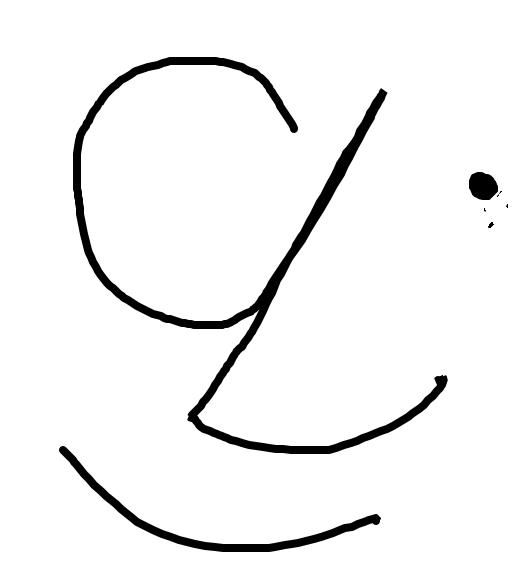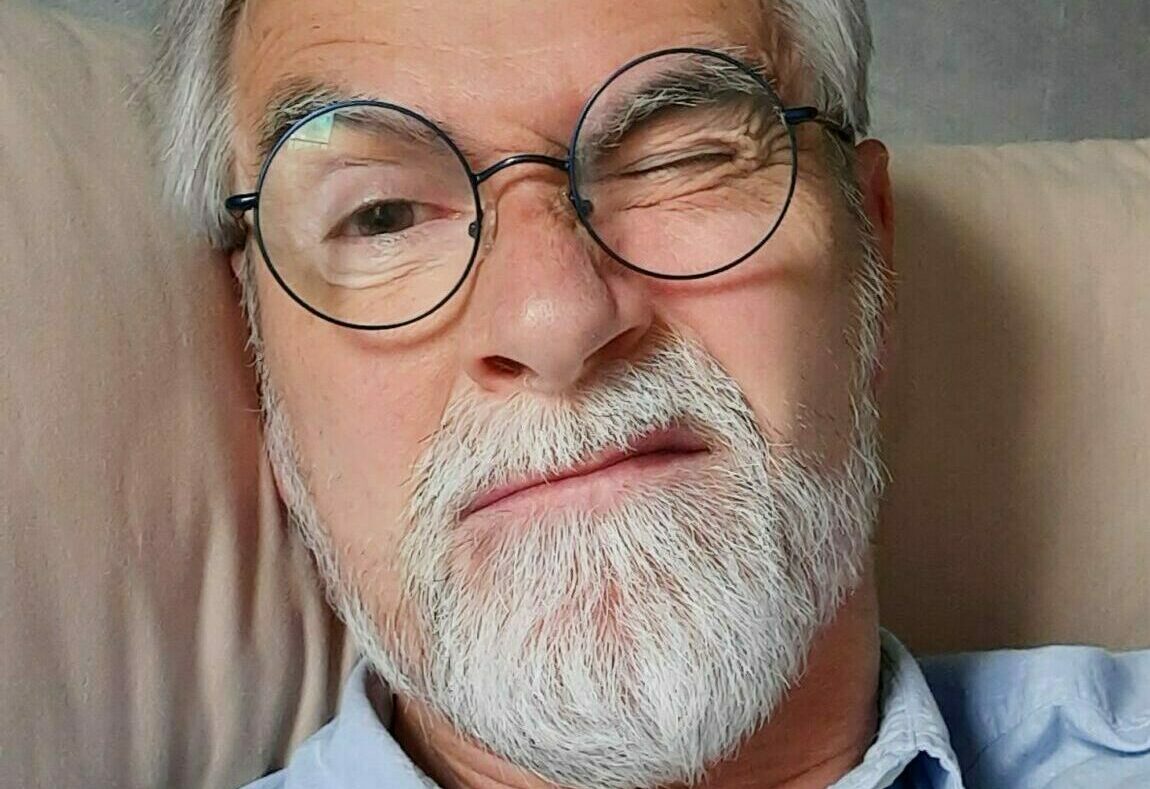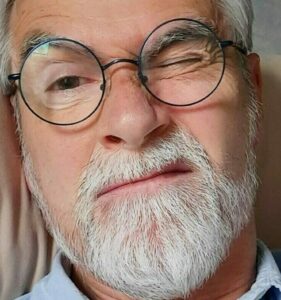I started in April 1979 at the City of Paris as a “Maître Délégué for Musical Education” in nursery and primary schools.
I officially retired on July 1st, 2020, after 41 years of career, extended by 3 years as a self-employed worker in the service of Ryméa, which makes a total of 44 years of professional activity as a music education teacher according to the “Willems Method,” as I practiced it from my very first year.
I also directed Ryméa for 29 years, from 1991 to 2020, having always been the main teacher since its creation by Jacques Chapuis under the aegis of the Willems AIEM in 1987.
I will present here four assessments:
- for my pedagogical activity with children and adults,
- for my management as Director of Ryméa,
- for my activity as a trainer,
- for my commitment in the Willems® Movement.
1. Assessment as a music education and piano teacher
It is quite mixed.
- Concerning musical initiation up to the introduction of solfeggio, I acquired great experience and even in-depth expertise in the 4 Willems® degrees. I also regularly intervened in nurseries for about 15 years.
Throughout my career, I asked myself questions and sought answers by experimenting with different processes to achieve the principles of each degree.
I made many plans, charts, programs, which were each time milestones that I always shared, notably with Doris O. in Paris and Eulàlia C.-S. in Barcelona. But unlike the syntheses of Jacques Chapuis with his degree sheets, I used mine little over time, and in particular, I never wanted to fix them in notebooks for the students, and even less in books. Because repetition always bored me.
This led me to most of the time follow my intuition of the moment, adapting to each group and each class. Luckily, I had a very good intuition of what needed to be done with each one at the moment. The problem was in anticipating the necessary material for progression, particularly for solfeggio.
So I made class sheets, personalized for each group for many years, then reworked and adapted until the end. - Concerning solfeggio, I did not manage to lead my students to advanced levels. The Willems® Solfeggio book was for me a straitjacket poorly adapted to the course flow and progression. Yet I tried a lot, as all the melodies it contains are interesting, but even in 5 years, since it is supposed to be used for 5 years, never did any of my students read and study all of them.
This is also why I made sheets.
Moreover, there is practically no material proposed for the 3rd degree, only suggestions to be developed oneself, which I largely did (and shared). Among other things, there is no development on reference points, while it is the indispensable complement to relative reading.
I also regret the absence of the C clef in the first readings of the book… - Concerning piano beginnings, I also acquired great experience by developing each of the 4 chapters advocated by Willems®: playing by ear, sight-reading, playing by memory, and improvisation. I believe I succeeded in transmitting the love of piano to most of my students.
And as soon as they were autonomous in reading, I entrusted them to technically more experienced pianists. - Concerning the ages and types of students I accompanied, I had the chance to work with all kinds:
- Very young children in nurseries from 18 months to 3 years old, and some experiences with babies from 4 to 12 months.
- Children from the Montessori Tom Pouce School in Lyon, nursery and primary, for 10 years.
- Children from the choir school of St-Jean Cathedral in Lyon for 6 years, from 3rd grade to 6th grade, plus 7th and 8th grades for one year.
- Mentally handicapped children in individual lessons, notably an autistic child for almost 20 years.
- Adults in group solfeggio classes, individual piano lessons (including my dear Patrice C. for 30 years!), and in choral singing also for about thirty years…
2. Assessment as Director of Ryméa
Here too, it is mixed.
On the one hand, I can be proud of having led this school for 29 years, gradually increasing the number of students from about a hundred at the beginning to 260 before the COVID pandemic.
On the other hand, I think I was more of a coordinator than a Director.
First by force of circumstance, since when I took on this pedagogical Direction, following Jacques Chapuis, I “led” my colleagues who were also my friends: Jean-Dominique W., then Elisabeth V., Jean-Marc M., and Nicole B.. Our quintet worked like clockwork, and everyone rolled up their sleeves to overcome the financial difficulties when there were any.
We saw each other a lot, and I held many meetings. Yet each worked as they wished in their corner, in cohesion with the team simply because we all gave initiation classes, solfège classes, and instrument classes (except Jean-Dominique). The link between these two areas was therefore more natural and fluid, and the preparation of the two annual concerts (Christmas and end of the year) and the All Saints or Spring workshops had bonded us together.
We were creative and complementary. With Nicole B., we often played four-hand piano and recorded more than 50 songs for our students, singing in two voices and accompanying ourselves with four-hand piano while improvising our harmonizations. Our friendly ties largely exceeded the professional framework, and we are still in contact.
A blessed period of my career!
When they left, I was forced to truly take on the role of Director, but I did not really change my relationship with the teachers, whom I always considered more as colleagues and collaborators than as subordinates, especially since I was still giving between 25 and 35 hours of classes per week, more than double that of each of my colleagues within Ryméa.
When I wanted to impose a more active transversal collaboration, notably to create links that had become very insufficient between solfège and the instrument, I hit a wall and faced first covert then conflictual obstruction from two teachers whom I had hired when they were young and inexperienced, then trained up to the Willems® Diploma.
This is, for me, a failure and a very deep regret. Because both have many qualities and could have continued to flourish at Ryméa. Perhaps they needed to “kill the father” to free themselves and take flight…
Finally, after my official retirement as Director, I ensured a three-year transition with my successor Benjamin L., as a self-employed worker, answering his many daily questions, giving the classes he asked me to give, and promoting his project to the Board while leaving him completely free.
Sad end
Unfortunately, he behaved towards me with deep ingratitude, accusing me of having wanted to sabotage Ryméa after my departure because I had taken back my own sound material, which he considered theft!
The worst is that he was supported in his accusations by Nicole C. and Béatrice C.-W., who had been collaborators and friends for 40 years…
While it would have been very simple to talk to me about it immediately, he waited two months to make his accusations, refused my proposal to give him my sound material to settle the conflict, and then broke off all communication, protected by Nicole and Béatrice.
What a pity, and what baseness…
These accusations floored me, and I am still struggling to recover, two years later…
3. Assessment as trainer for the Willems® Diploma
Since 2007, I have been teaching courses for teacher training in Paris, Lyon, Ljubljana (Slovenia), and Medellin (Colombia).
Training others in pedagogy is a very different job from giving classes oneself and guiding a progression.
I have both enjoyed and dreaded these training courses.
Enjoyed for the contact with very different people, always interesting, with varied backgrounds, sharp questions, sometimes destabilizing, and very stimulating for questioning everything and justifying or better understanding one approach or another.
Dreaded for the fear of not living up to the stakes, and always a bit self-conscious about my low level in music theory.
Also dreaded for the preparation time needed for the texts, even though I was always able to use the texts compiled by Béatrice C.-W., and especially Eulàlia C.-S., who provided and shared with the team of active trainers a remarkable work for which she is not recognized. May she once again be thanked here!
The most important part of my preparation was the schedule, which constituted my course plan.
Because giving 10 to 12 hours of continuous classes over 2 days is a challenge, both for the trainer and for the students.
Now, I have never read a course. My only notes were my schedule, more or less timed, and the texts for readings and dictations. Once the chapter was launched, I knew what to do, and I rarely repeated myself.
The most difficult part for me was developing essay topics and correcting melodic and harmonic inventions (in two voices).
My strong point has always been practical pedagogy, with the observation of videos and their comments. I have evolved a lot on this subject over time. I could be harsh in my beginnings, as Jacques Chapuis could be, and certainly clumsy. But deep down, I believe I have never judged anyone and have made a clear distinction between what I saw being done, more or less well, and the person doing it.
This is the most important thing I retained from Jacques Chapuis’s teaching: making the distinction between the “non-personal,” impersonal neutral, the “personal,” which concerns the being, and the “trans-personal,” which goes beyond the person, who is then only the vector of more general principles.
You find something of these distinctions in “knowledge,” “know-how,” and “interpersonal skills,” although it is not fully correlated.
Thus, if it happened that I told someone that their class was worthless—and it did happen (I was reproached for it, and it was not forgiven!)—I never thought that this person was worthless: it was their practice I was qualifying then. But at the time, I did not realize that it was not acceptable to the person concerned because of my sometimes peremptory way of saying it.
I believe I have greatly improved on this over time, which allowed me to better support my students…
I remain very critical of the Willems® Diploma training program, even if, in 2020/21, with Béatrice C.-W., our work of redesigning it into 2 Diplomas, each over 2 years (instead of 3), was a notable step forward.
I think the required levels in music theory, harmony, and piano are too high.
I understand the desire for “excellence” advocated by Nicole C., in the sense that we must bring the best of ourselves to the children.
The problem is that this requirement results in an elitist selection that is the opposite of Willems’s philosophy.
This is one of the reasons that led me to leave this international Movement, which nevertheless animated my life for more than 40 years…
4. Assessment for my commitment within the Willems® Movement
A member since 1981, graduated in 1982, I became a sort of assistant-collaborator to Jacques Chapuis from the creation of Ryméa in Lyon in 1987. I first took part in the training sessions in Lyon and Paris for individual assessments and collective support classes. Then I occasionally replaced Jacques for classes, especially in Paris.
As my wife Lylian became the Congress Coordinator for 3 years, I also actively participated in the logistical organization of these congresses from 1984 in Lyon.
In 2007, upon the unexpected death of Jacques Chapuis following an a priori benign surgery, nothing had been planned for his succession, nor even for the continuation of the AIEM Willems activities. I managed the transition in France, together with the Treasurer Romain Cottreaux, until the Ljubljana Congress in 2008 in Slovenia, during which I was propelled and elected President of the Willems International Movement, against all my personal expectations.
President of the Willems International Movement
I held this position for 4 years, from 2008 to 2012, during which I worked hard to move things forward.
- I professionalized the instructors in the training programs by declaring them as teachers, whereas they previously only had the status of “scholarship students.”
- I proposed and largely drafted new statutes transforming the AIEM into the Willems® International Federation.
- I registered the name “Willems®” as a trademark associated with his method in France and worldwide, to enhance its value and avoid misuse or misappropriation.
- I proposed reactivating the “practical pedagogy” component in the Willems Diploma training through videos made by students with their pupils. Despite strong resistance and inertia from my fellow trainers at the start, this part of the training became as important as fundamental pedagogy and musicality, which I am pleased about.
I successively held almost all positions on the Board of Directors, with varying levels of effectiveness, apart from the Presidency: Secretary, Head of Training, Head of the CAP, Treasurer.
Webmaster
In 2008, I took over the website and developed it with the help of a friend, Sabrina L., in 7 languages.
In 2020, I completely rebuilt the website with the help of my nephew, Mathieu L., creating a very large (too large?!) website in 5 languages, including over 600 pages and articles, a monthly newsletter, a database for training students with videos covering the entirety of the 2 years of the new training format (160 hours of courses), and much more…
International Congresses
I designed the schedules for the last Congresses, notably for 2012 in Lausanne (Switzerland), 2022 in Salvador-Bahia (Brazil), and 2023 in Udine (Italy), and I have contributed to all Congresses since 2008.
Experience abroad
Working abroad has been an incredible opportunity: I was able to observe the universal dimension of Willems’ proposal and to put into perspective certain practices sometimes justified solely by the fact that “Jacques did it that way.” Having to reformulate the working principles to facilitate translations forced me to constantly return to Edgar Willems’ original texts.
And of course, discovering cultures as different as those of Colombia and Slovenia, and finally Brazil, has greatly enriched me and allowed me to appreciate the qualities of each, qualities often lacking in France, notably the commitment of teachers, so remarkable in Colombia under the leadership of Diana F. in Medellín.
Conclusion
I was very fortunate to spend almost my entire career in the same place, at Ryméa for 36 years, in complete freedom and independence.
I invested myself fully in my work, sometimes to the detriment of my children. I therefore advise my young colleagues to be vigilant on this point so that they do not regret it later…
I greatly enjoyed my work and saw myself more as an artist-educator (as Sébastien Benda used to say) than as a musician, even though I have no reason to be ashamed of my song and musical tale compositions.
Because what has always driven me is human relationships.
Edgar Willems’ educational proposal, based on human nature and using music education as a privileged vehicle for contributing to a humanist and creative education, allowed me to have a rich and varied professional life, including many travels, notably to Colombia and Slovenia, but also Portugal, Spain, Switzerland, Italy, and of course within France.
The possibilities for analysis and diagnosis highlighted by Willems allowed me to answer many of my questions, giving me the feeling that I had an answer for everything. I even often told my children that I was tired of always being right! In reality, I never believed I held any kind of truth. I have constantly questioned the validity of what I was doing, and I have continually reworked my approach. This assessment is yet another testimony to that.
Now that I have left this Willemsian bubble, I am discovering almost with surprise that there are other things in life!
And retirement is generously offering me new perspectives outside of music…


